As an early childhood educator, you’re always looking for effective ways to support your students’ growth and learning. Music and instruments offer powerful tools to enhance your classroom environment and foster holistic development. In this post, we’ll share the various instruments we use at Minibop and their unique benefits, showing you how to integrate play-based music into your teaching approach. Whether you’re new to musical education or looking to expand your current practices, you’ll discover how these tools can transform your learning space.
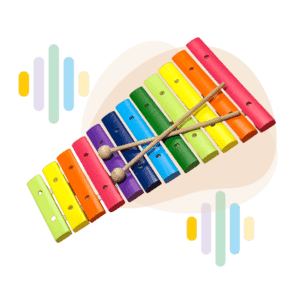
Building Rhythm and Coordination
Shakers
Shakers are an excellent starting point for introducing rhythm to your young learners. As your students shake these simple instruments along with music, they’ll develop a sense of timing and improve their motor skills. You’ll notice how even your youngest children can participate, feeling the beat and beginning to match rhythms. This foundational skill will serve them well in future musical endeavors and beyond.
Maracas
Like shakers, maracas are great for teaching rhythm, but they also offer unique opportunities for incorporating math. You can use them to teach counting and simple rhythmic patterns. Try having your students shake their maracas while counting to four, then gradually introduce more complex patterns. You’ll be supporting both their musical skills and early math development simultaneously.
Rhythm Sticks
Introducing rhythm sticks to your classroom can help your students develop bilateral coordination. As they tap their sticks together or on the floor, they’re not just making music; they’re developing crucial motor skills. You can use rhythm sticks to lead follow-the-leader activities, helping your students learn to follow musical cues and patterns. This skill is vital for group activities and will help your class work together more cohesively.
Encouraging Movement and Expression
Ankle Bells
Ankle bells are a fantastic way to get your students moving. As they dance and move, the bells will jingle with every step, providing instant auditory feedback. This connection between movement and sound helps children develop body awareness and enhances their spatial understanding. You can use ankle bells in various activities, from dance sessions to musical obstacle courses, promoting physical activity and gross motor development.
Scarves
Adding scarves to your musical activities brings a visual element to the auditory experience. As your students wave scarves to the music, they’ll be interpreting and expressing the music physically. This multi-sensory approach reinforces musical concepts and encourages creative expression. Try using scarves to teach concepts like tempo and dynamics, having children move their scarves faster or slower, more vigorously or gently, in response to changes in the music.
Parachute
Teamwork in Motion: A parachute is a unique tool that promotes teamwork and cooperative play. Gather your class around a colorful parachute and have them move it up and down in time with music. This activity fosters social interaction and coordination while teaching about musical dynamics and tempo. It’s an engaging way to incorporate large motor skills into your music activities while teaching your students the importance of working together.
Exploring Sound Diversity
Large Gathering Drum
A large drum can be a centerpiece in your music corner. Its deep, resonant sound introduces children to different timbres and dynamics. When your students play this drum, they’re developing gross motor skills and experiencing a strong auditory stimulus. Use it to teach fundamental concepts of rhythm and beat. Group drumming activities can also encourage listening skills and group coordination.
Xylophones
Xylophones are invaluable for introducing pitch, melody, and scales to your students. As they play, they’ll enhance their fine motor skills and hand-eye coordination while learning basic musical theory. You can use xylophones to teach the concept of high and low sounds, and gradually introduce simple melodies. The visual and tactile nature of the xylophone makes it easier for young children to grasp these abstract concepts.
Rain Sticks and Ocean Drums
These instruments bring the sounds of nature into your classroom. They provide soothing, continuous sounds that are perfect for sensory exploration and relaxation activities. Use them during quiet time or as part of storytelling activities to set scenes and create atmosphere. These instruments also help develop your students’ auditory discernment skills as they learn to identify and describe different types of sounds.
Introducing Advanced Musical Concepts
Hand Drums and Tambourines
As your students become more comfortable with basic rhythms, introduce hand drums and tambourines to expand their skills. These instruments allow for more nuanced play, helping you teach concepts like dynamics and tempo changes. Encourage your students to create different sounds by striking different parts of the instrument or playing with varying force. This not only enhances their musical abilities but also supports emotional expression through music.
Ukulele
The ukulele can serve as an excellent introductory string instrument for your classroom. Its small size and four strings make it manageable for little hands. By incorporating ukuleles, you can introduce concepts like chords and strumming patterns. This helps develop fine motor skills and serves as a foundation for future instrument learning. It also supports cognitive development as children learn to coordinate their fingers to produce different notes and chords.
Piano Mat
A piano mat combines music learning with physical activity. Your students can play notes and melodies by stepping on different keys, creating a full-body musical experience. This tool can help you teach pitch and melody while promoting gross motor skills and coordination. It’s an engaging way to introduce your class to the layout of a piano keyboard and the concept of scales, all while encouraging movement.
In conclusion, as an early childhood educator, you have the power to create a rich, musical environment that supports your students’ development across all domains. Each instrument offers unique benefits that contribute to children’s physical, cognitive, and social-emotional growth. By incorporating these tools into your educational activities, you’re creating a multi-sensory learning experience that engages children on multiple levels.
We encourage you to consider how you might incorporate more musical elements into your classroom. The benefits of play-based music education are significant, supporting children’s development in ways that extend far beyond music itself.
Remember, you don’t need to be a trained musician to bring music into your classroom. Start small, perhaps with shakers or rhythm sticks, and gradually expand your musical toolkit as you and your students grow more comfortable.
We’d love to hear about your experiences with music in your classroom. What instruments have you found most effective? How has music impacted your students’ learning and development? Share your thoughts in the comments below – let’s learn from each other and create harmonious learning environments for our young students.
If you’re interested in learning more about structured music programs for your school, consider exploring options like Minibop (minibopmusic.com/preschools).
However you choose to incorporate music, know that you’re giving your students a valuable gift that will resonate throughout their lives.
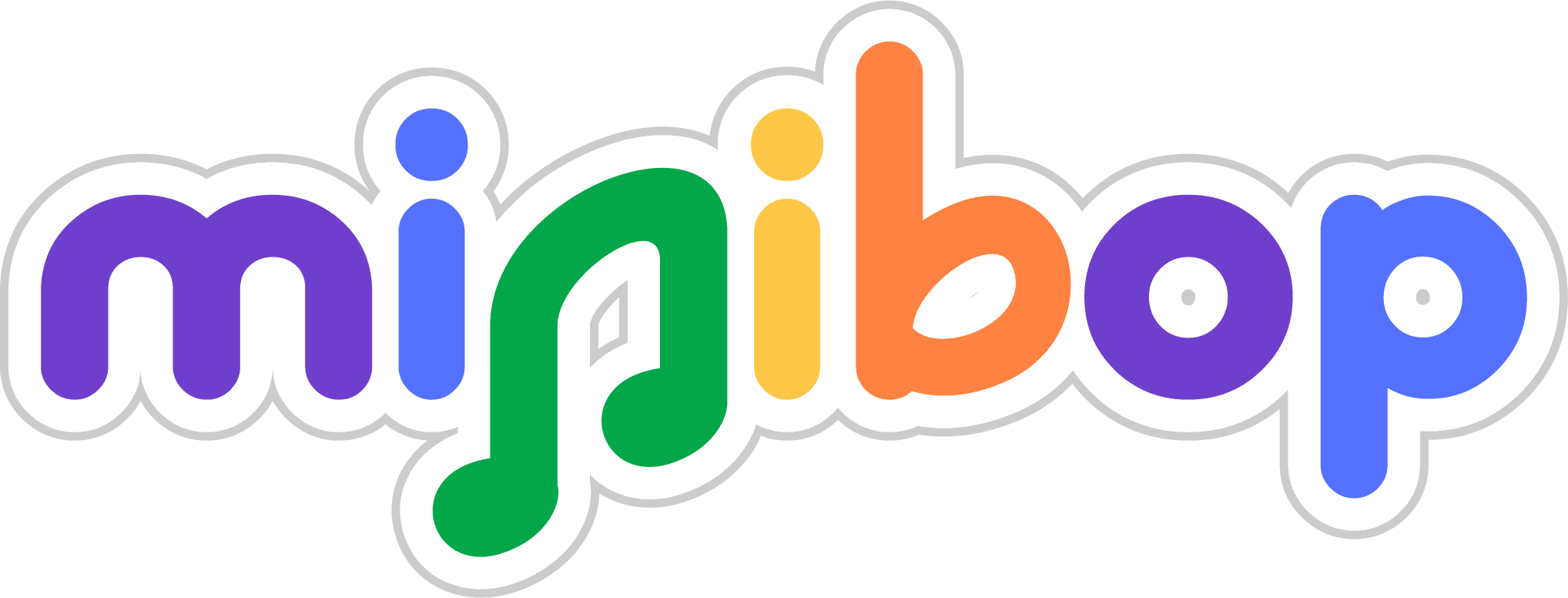

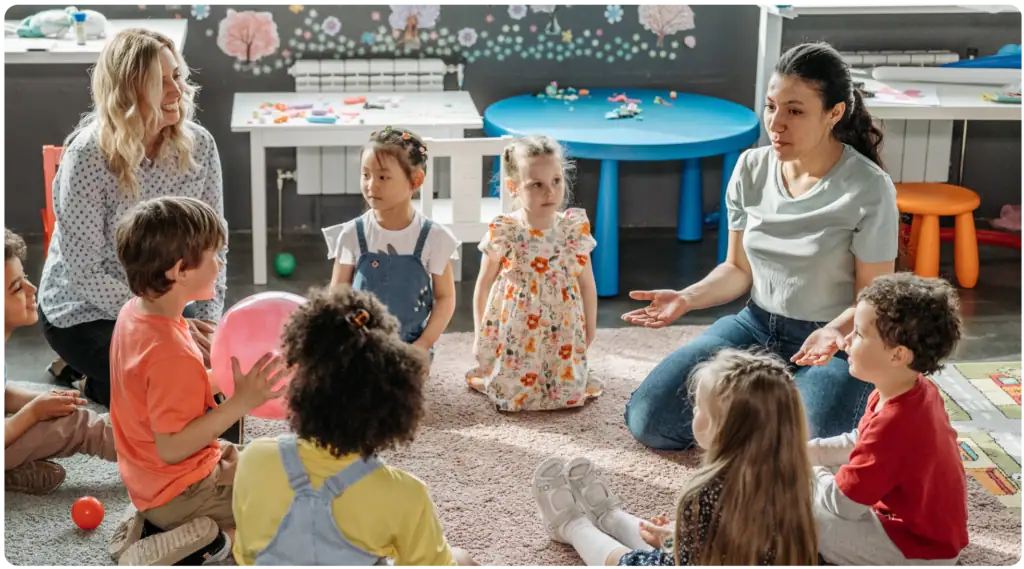
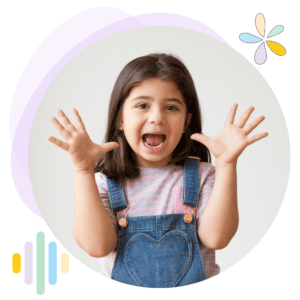
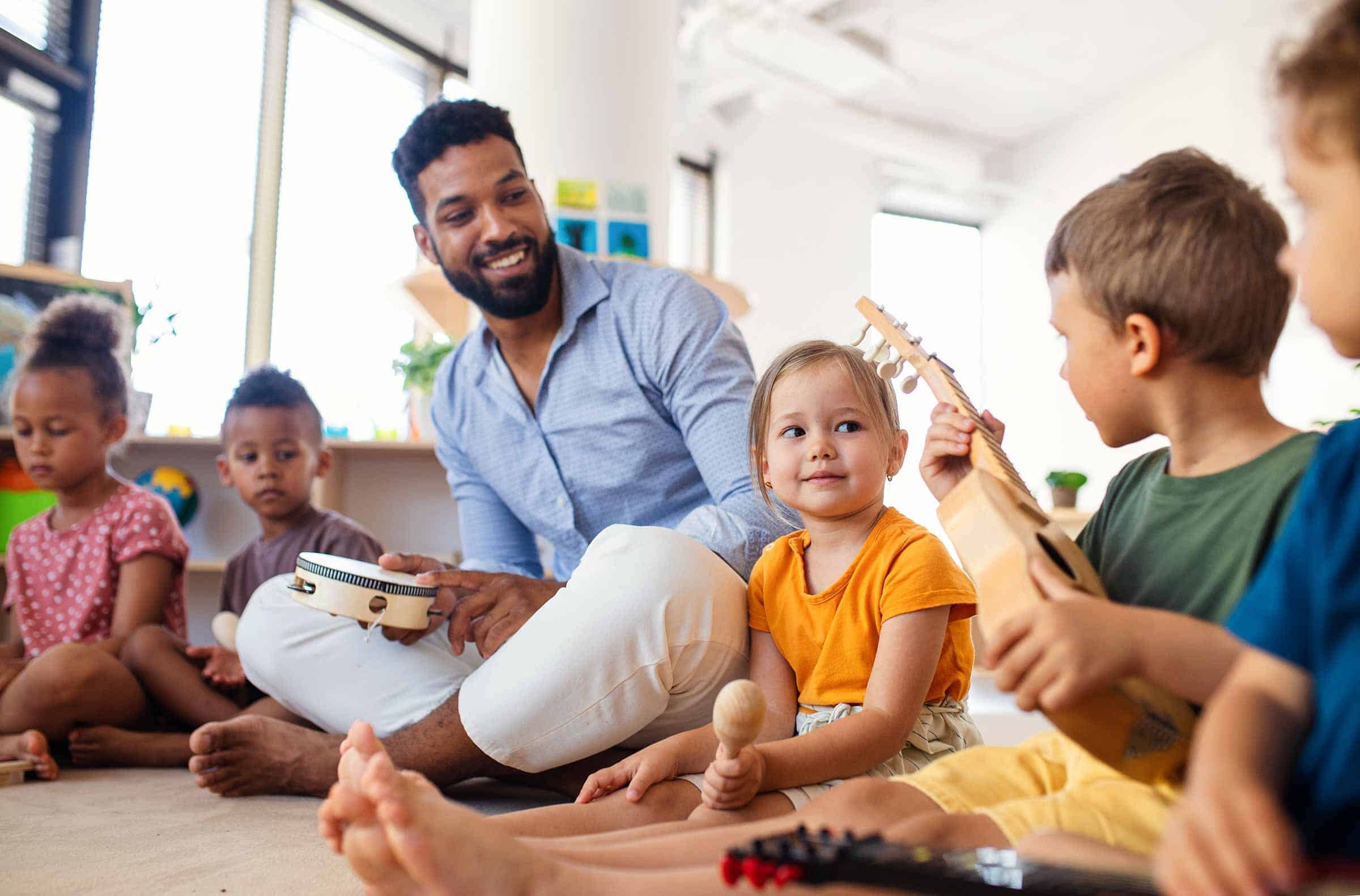
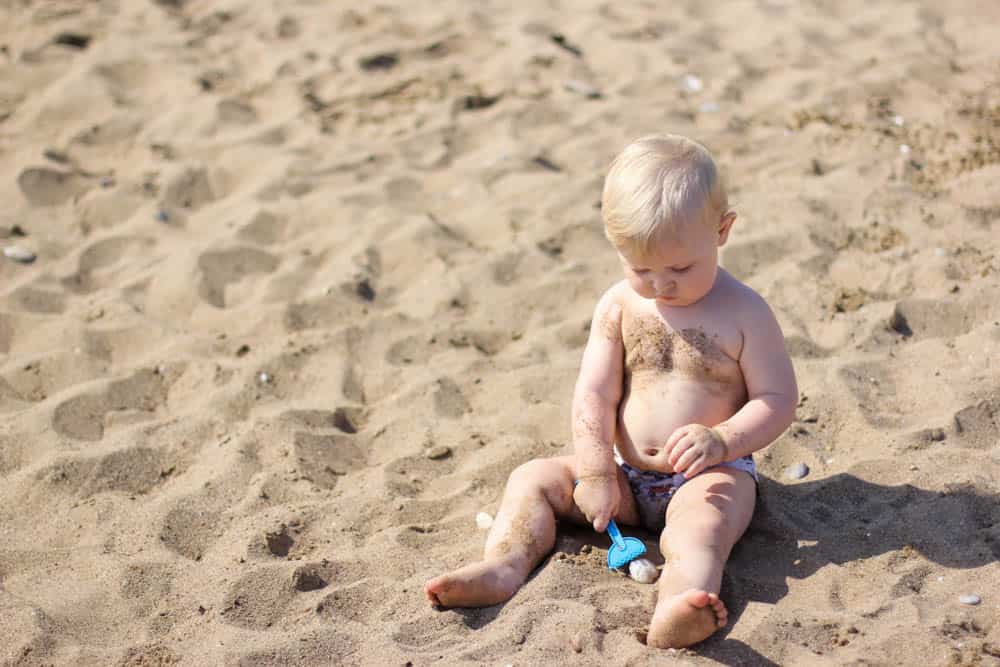


2 thoughts on “Why Every Early Childhood Classroom Needs Musical Instruments”
I like this web site so much, saved to my bookmarks.
Hi there, You’ve done a fantastic job. I’ll definitely digg it and personally suggest to my friends. I’m sure they will be benefited from this web site.